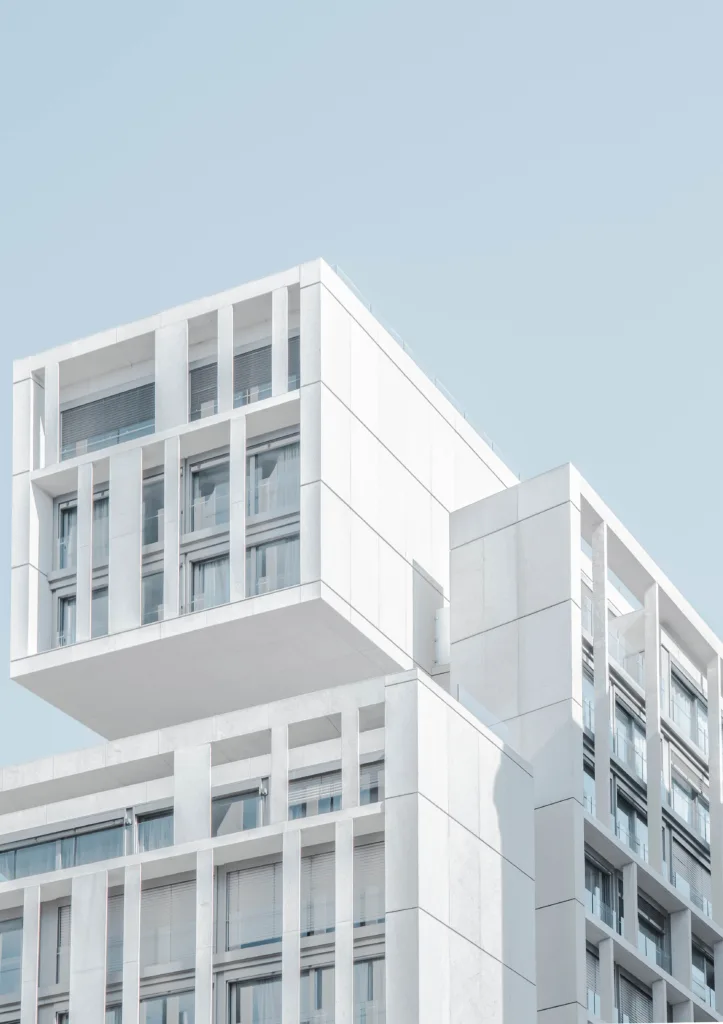When it comes to building construction, the term “story” refers to the level of a building that is situated above the ground floor. In general, the height of a story can vary, depending on a number of factors, such as the intended use of the building, local building codes, and architectural design.
The average height of a single story building is between 9 to 10 feet or approximately 3 meters. This is the standard height for most homes, garages, and small commercial buildings. It is important to note that this is just an average, and the actual height of a single story building can be slightly higher or lower depending on the design and construction.
For a two-story building, the height typically ranges from 18 to 20 feet, which is arund 5.5 to 6 meters. This height is usually consistent across most two-story buildings, regardless of their intended use. Similarly, a three-story building is typically around 30 to 35 feet tall, which is around 9 to 10.5 meters. However, the height of a three-story building can vary depending on the design and construction.
For taller buildings, the height of each story tends to decrease slightly. This is because taller buildings often require more structural support and thicker walls, which can take up more vertical space. For example, a ten-story building may have an overall height of 100 to 110 feet, but the height of each story may be slightly less than 10 feet.
It is also important to consider the height of additional elements that may be present on top of a building, such as water storage tanks, lift rooms, or terraces. These elements can add several feet to the overall height of a building, especially for taller structures.
It is worth noting that building codes and regulations can also have an impact on the height of a building. Local laws may dictate that buildings cannot exceed a certain height, or they may require additional safety features for taller structures.
The height of a story in a building can vary depending on a number of factors, but generally ranges from 9 to 10 feet for a single story building, 18 to 20 feet for a two-story building, and 30 to 35 feet for a three-story building. Taller buildings may have slightly shorter stories due to the need for additional structural support. However, it is important to consider local building codes and regulations when determining the height of a building.
Height of Two-Story Building
The height of a two-story building can vary depending on a few factors, such as the height of each floor and the thickness of the walls and ceilings. However, on average, a two-story building is usualy between 18 to 20 feet tall or 5.5 to 6 meters. To provide some context, a single-story building typically has a height of 9 to 10 feet or 3 meters, while a three-story building can range from 30 to 35 feet or 9 to 10.5 meters tall.
It’s important to note that the height of a building can also be affected by the location and purpose of the structure. For instance, commercial or industrial buildings may have higher ceilings to accommodate large equipment or machinery, while residential buildings may have lower ceilings to create a cozier atmosphere.
The height of a two-story building can vary, but on average it is around 18 to 20 feet or 5.5 to 6 meters tall.

Height of Three Stories
The height of a three-story building can vary depending on various factors such as ceiling height and building codes. However, as a general rule of thumb, a three-story building is typically in the range of 33 to 40 feet high. This means that each story of the building is usualy around 11 to 13 feet tall.
It’s worth noting that the height of each story can also depend on the purpose of the building. For instance, if the first floor is for retail use, it may have higher ceilings of about 14 feet, while the upper floors used for residential or office purposes may have standard ceilings of 9 feet. In such a case, the total height of the building may be around 36 feet, give or take a few feet.
To summarize, the height of a three-story building can vary, but it typically ranges from 33 to 40 feet, with each story being around 11 to 13 feet high. Factors such as ceiling height and building codes can also impact the height of the building.
Height of a 10 Story Building
When it comes to the height of a 10 story building, it can vary depending on different factors such as the height of each story, the type of building, and the location. However, on average, a 10 story building can reach a height of 100 to 110 feet.
It’s worth noting that modern buildings are usually built with an average overall height of 10 feet per story. Therefore, a 10 story building would have a total height of 100 feet. However, this doesn’t include other elements such as the ground floor, terrace, water storage, and lift room.
Taking these elements into account, the total height of a 10 story building coud reach around 125 feet. This estimation may vary depending on the building’s design and purpose.
To summarize the height of a 10 story building, it can range from 100 to 110 feet on average, with a total height of approximately 125 feet when taking into account additional elements.
Height of a Three-Story Building
A 3-story building typically has a height of around 39 feet or 11.9 meters. It is important to note that the height of a building may vary depending on the country or region where it is located, as well as the specific building codes and regulations in place. In the US and UK, a low-rise 3-story commercial building would be approximately 39 feet in height. It is also worth noting that the height of a building can vary depending on the type of building, such as commercial or residential, as well as the design and architecture of the building.

Conclusion
The height of a building can vary greatly depending on the number of stories it has. A one-story building typically stands at 9 to 10 feet tall, while a two-story building can reach up to 20 feet. A three-story building can range from 30 to 35 feet, while a ten-story building can stand at a towering height of 100 to 110 feet. It’s important to consider the purpose of the building when determining its height, with commercial buildings typically being taller than residential ones. Ultimately, the height of a building is a crucial aspect of its design and construction, impacting its overall aesthetic and functionality.
